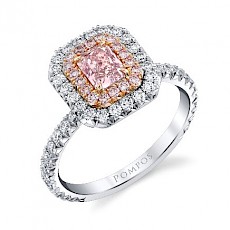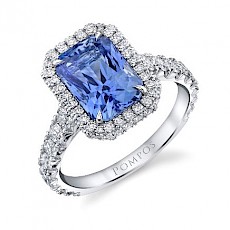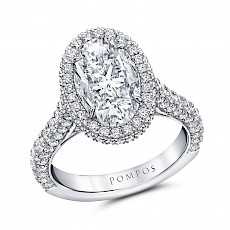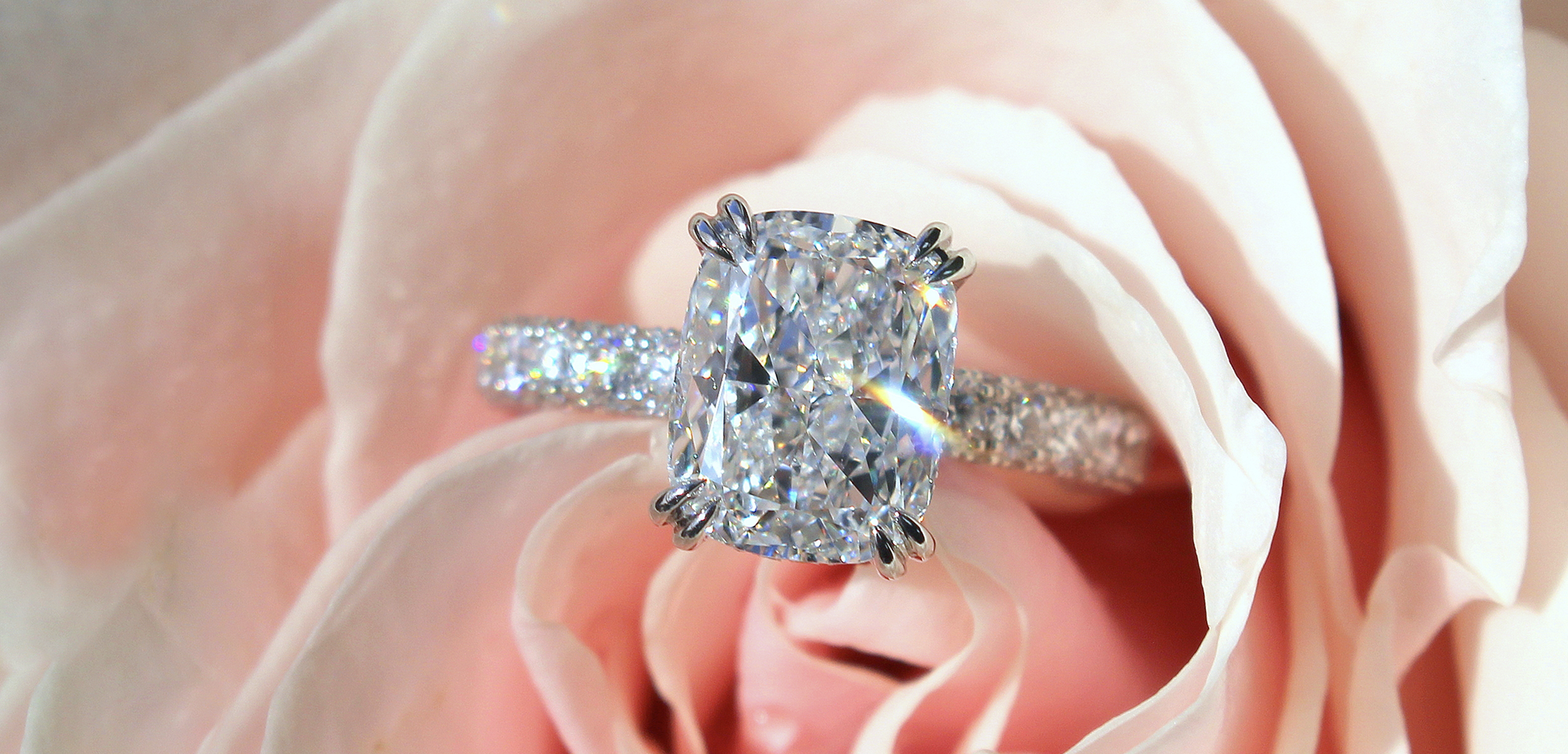
That is both true and untrue. In this article series, I will explain why that depends on the different alloys used and manufacturing techniques, what are the differences between the two metals, the impact each has on price, the impact on longevity, which is best for what kind of jewel and ultimately the decision that is best for you.
There are two major Platinum alloys used in fine jewelry, one is Iridium and the other is Ruthenium.
First of all, pure Platinum is by nature soft and “chewy,” so it cannot be used for jewelry in this form and therefore needs an alloy to strengthen it. Iridium is also a softer type of metal but harder than Platinum. To use Iridium, the mix needs to be 90% Platinum / 10% Iridium, which makes the final Platinum metal hard enough to work with. If the mix was 95% Platinum / 5% Iridium, it would be too soft for jewelry. Iridium mixes well with Platinum; therefore, the finished product should have minor porosity and yield a beautiful luster after the final polish. The final product, however, is on the softer side and if this is not taken into account in the manufacturing process, there could be long-lasting issues like the ring bending out of form if worn roughly.
We use Platinum alloyed with Iridium for certain designs. When making a piece of jewelry, we take into account that it tends to be soft. We also have in mind how it will be worn; earrings and pendants are subject to less impact vs. rings, for example.
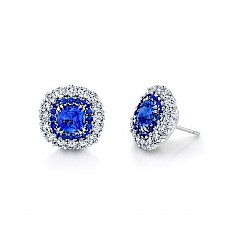
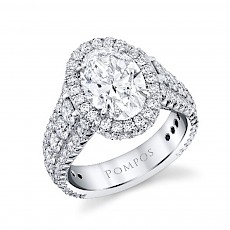
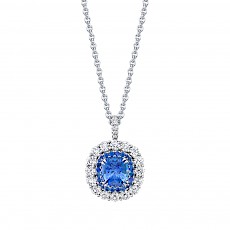
This metal is very hard, so to use it as an alloy, the mix needs to be 95% Platinum / 5% Ruthenium. The final result is a Platinum that is very hard and great to work with except it comes with a caveat, the two metals are difficult to mix. That causes the metal, in some cases and in some areas, to be porous. The final product may have some noticeable porosity especially in large, polished areas. We, however, have found that the “Pro” most of the times outweighs the “Con,” and that the piece of jewelry is very hard and thus more durable. This is a very valuable attribute for customers who are hard on their jewelry.
We use Platinum alloyed with Ruthenium for thinner or more intricate designs that require strength. We also make all our hand-drawn wire with Ruthenium alloy because in the process of drawing the wire, the metal compacts and almost entirely eliminates porosity.
